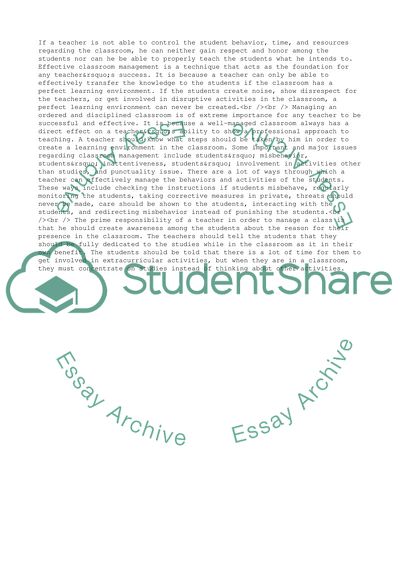Cite this document
(Classroom Management Theories and Styles Case Study, n.d.)
Classroom Management Theories and Styles Case Study. Retrieved from https://studentshare.org/management/1736623-critically-evaluate-the-classroom-behaviour-management-styles-a-teacher-may-choose-to-operate
Classroom Management Theories and Styles Case Study. Retrieved from https://studentshare.org/management/1736623-critically-evaluate-the-classroom-behaviour-management-styles-a-teacher-may-choose-to-operate
(Classroom Management Theories and Styles Case Study)
Classroom Management Theories and Styles Case Study. https://studentshare.org/management/1736623-critically-evaluate-the-classroom-behaviour-management-styles-a-teacher-may-choose-to-operate.
Classroom Management Theories and Styles Case Study. https://studentshare.org/management/1736623-critically-evaluate-the-classroom-behaviour-management-styles-a-teacher-may-choose-to-operate.
“Classroom Management Theories and Styles Case Study”. https://studentshare.org/management/1736623-critically-evaluate-the-classroom-behaviour-management-styles-a-teacher-may-choose-to-operate.


